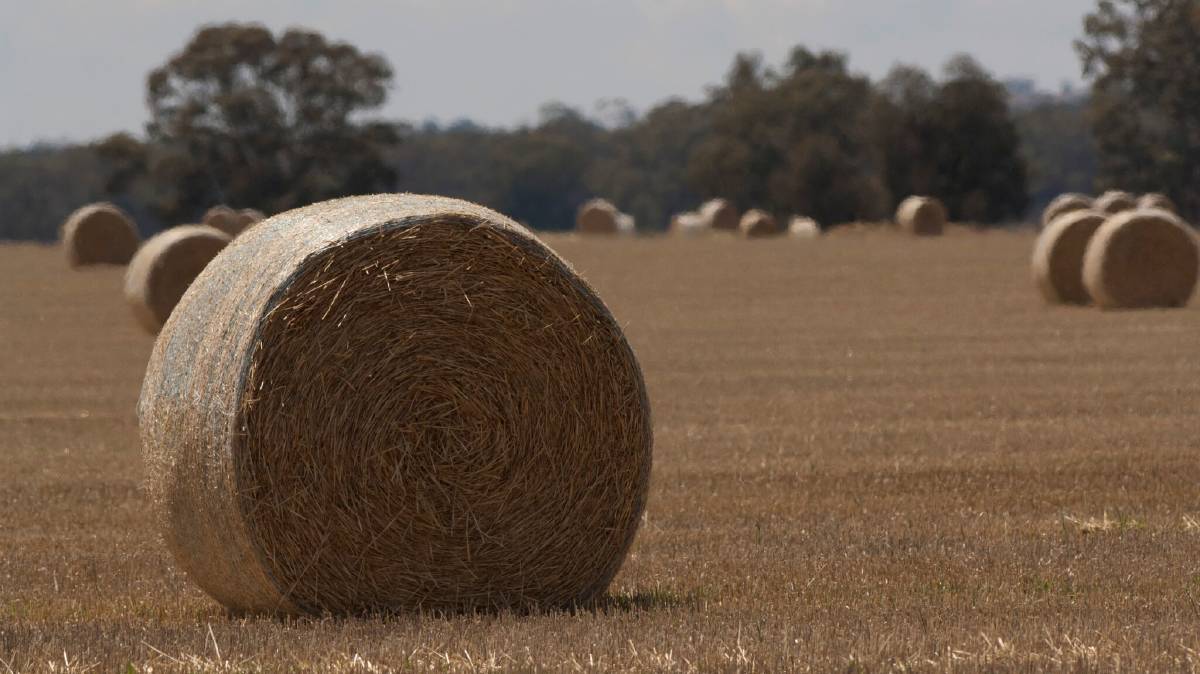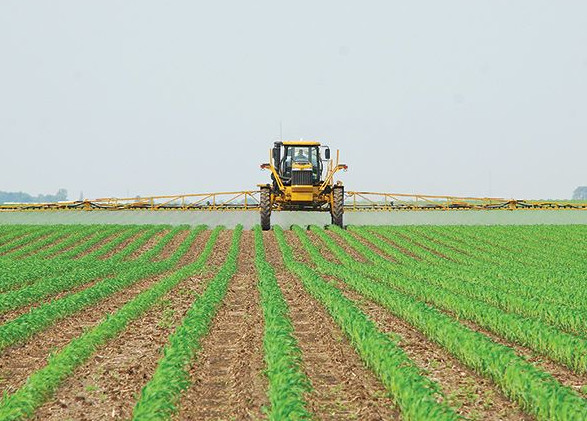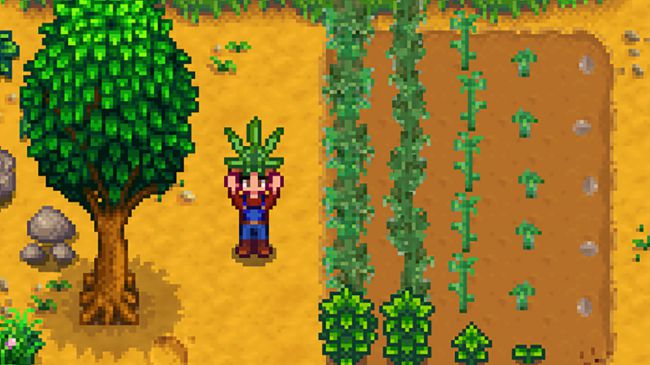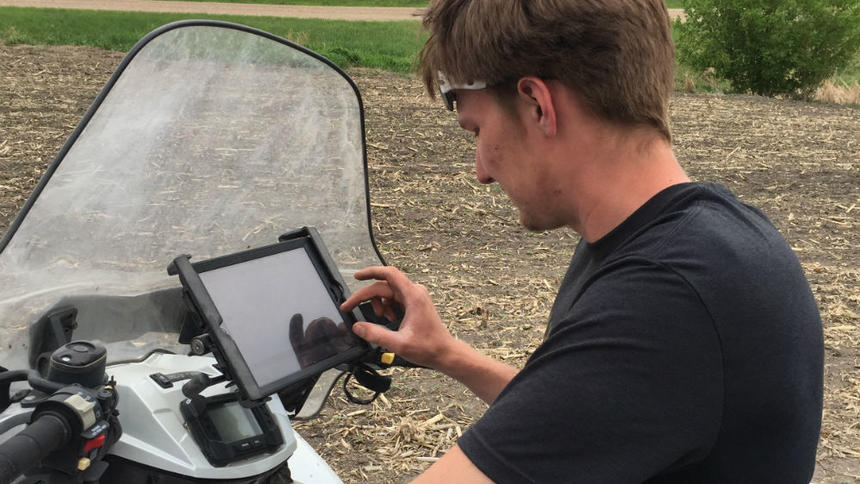As drought conditions prevail across much of NSW, primary producers are being warned to take precautions to reduce the risk of weed seed spread.
Grains Research and Development Corporation (GRDC) crop protection officer, north, Vicki Green, said the movement of hay between regions and states had the potential to spread problem weeds.
“Like grain, hay can contain a lot of weed seeds and in the current drought conditions stockfeed is being transported vast distances as producers source whatever they can, from wherever they can,” she said.
“During dry times I have heard anecdotal reports of hay contaminated with weed seeds affecting different properties more than 500km apart, resulting in significant infestations of new weeds.
“There is also the chance that these weed seeds will be herbicide resistant.
“This is a potentially serious problem for agricultural production in general, with negative impacts for both cropping and pasture.”
Mrs Green said the issue of monitoring and managing new weed infestations was often compounded when it rained by the fact landholders were then focused on drought recovery practices, such as seeding, rather than weed control.
To minimise the potential for weed seed spread through the movement of hay and grain as stockfeed, the GRDC advises landholders to follow the NSW Department of Primary Industries (DPI) Grains Farm Biosecurity Guidelines and take the following precautions:
Check the origin of your hay or grain and be aware of potential weed risk. Risk can be assessed by requesting a commodity vendor declaration and asking the seller what/if weeds were present at the time of cutting hay.
Observe any restrictions on the movement of plant material interstate and within states
Check hay for weeds as you feed out: this may alert you to future issues.
If possible source locally grown feed to reduce the chance of introducing new weeds to your region.
Feed stock in a designated quarantine paddock: this will limit the area where weed seeds are dispersed for easier monitoring and management after rain. Keep stock in paddock after feeding for sufficient time for them to empty out. This paddock needs to be monitored after rain events for weed germination.
Feed away from watercourses to reduce risk of weed spread.
If transporting hay or grain, clean down vehicles after delivery in designated area to reduce risk of spread and make future monitoring and management easier.
Monitor hay and grain storage areas, paddocks and roadways for new weeds.
Post rain, identify or seek assistance to identify any new weeds to ensure the selection of appropriate control strategies.
Director of weed research with the University of Sydney, Dr Michael Walsh, said it was critical grain growers were proactive and took measures to reduce potential weed and herbicide resistance spread during the drought.
“When it does rain landholders need to monitor for weed seedlings, especially where they have fed out hay or grain. Ideally they need to continue montoring through the growing season and even into next season,” Dr Walsh said.
He said one of the biggest risks for Queensland and NSW grain growers during the current drought was the spread of herbicide resistant annual ryegrass populations.
He said annual ryegrass was a dominant species of southern Australian pastures that was frequently cut for hay.
“Since its deliberate introduction as a pasture species in the early 1900s, annual ryegrass has become widespread across temperate areas of Australia, demonstrating potential for adaptation to all croppping regions,” Dr Walsh said.
“Its distribution has increased northward and westward in New South Wales to now be a serious problem in the northern cropping region.
“A compounding factor with the spread of annual ryegrass is the fact many populations have developed resistance to both selective and non-selective herbicides.”
But Dr Walsh said for those struggling with drought it was really a matter of containing any potential problems by feeding out introduced hay or grain in a restricted area and then monitoring and managing weed issues when it rained.
NSW DPI grains biosecurity officer Rachel Taylor-Hukins agreed it was difficult to totally eliminate the risk of introducing weeds with hay or grain.
“The Grains Farm Biosecurity Program recognises this and recommends landholders make it a priority to restrict the area where livestock are fed, and monitor and take appropriate action to control any germinated weeds before they set seed and have time to establish a seedbank,” Ms Taylor-Hukins said.
Extensive resources are available through the GRDC website to assist landholders with weed identification, management and control.
Credit: www.stockjournal.com.au







